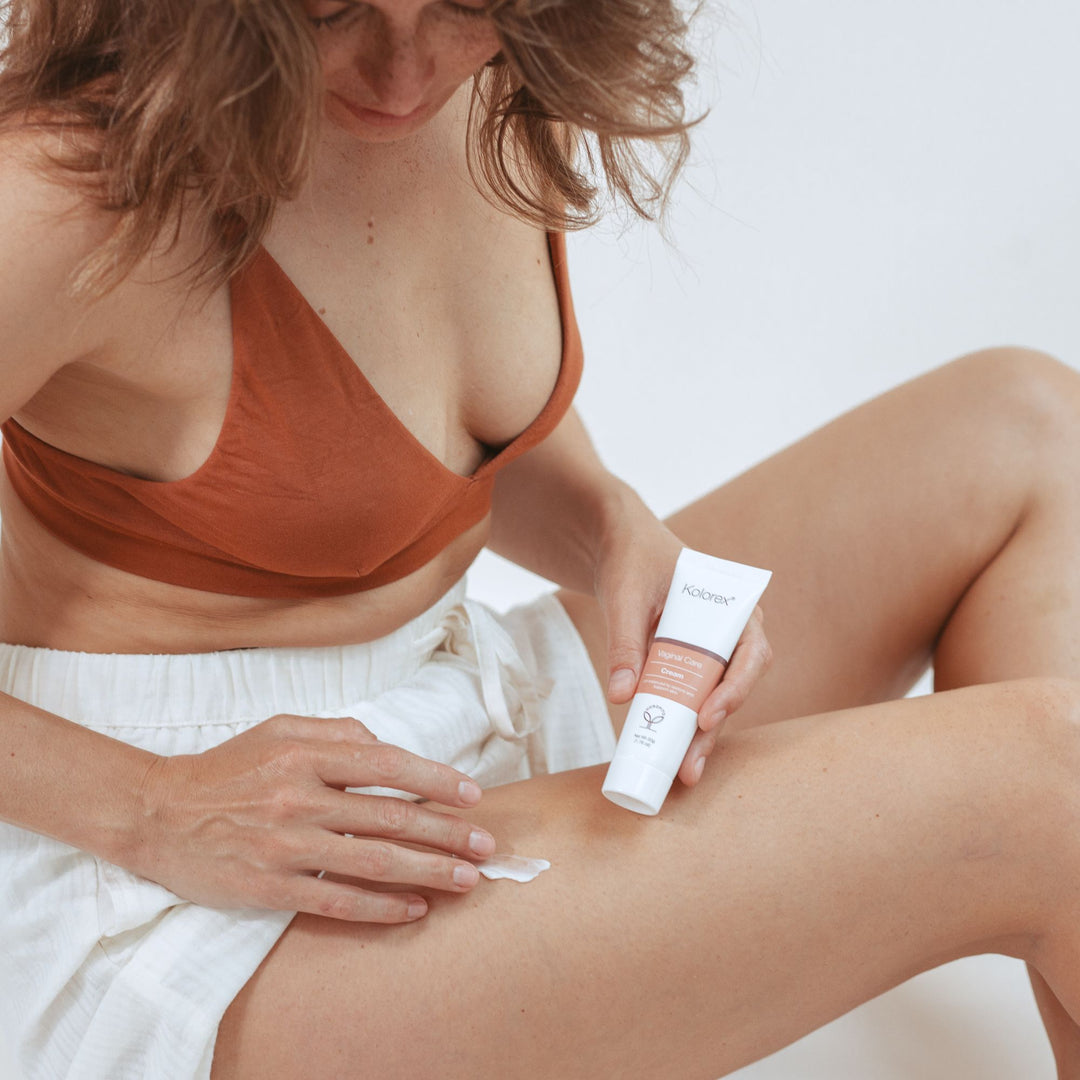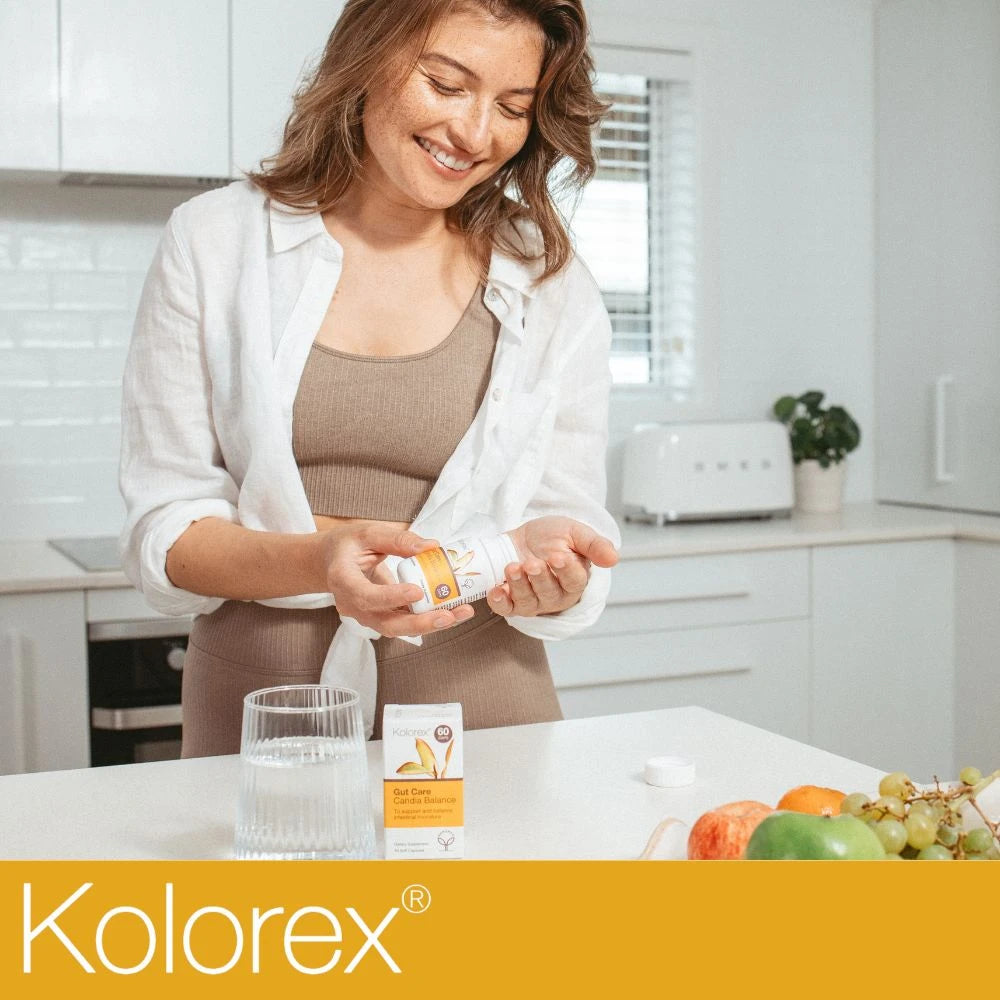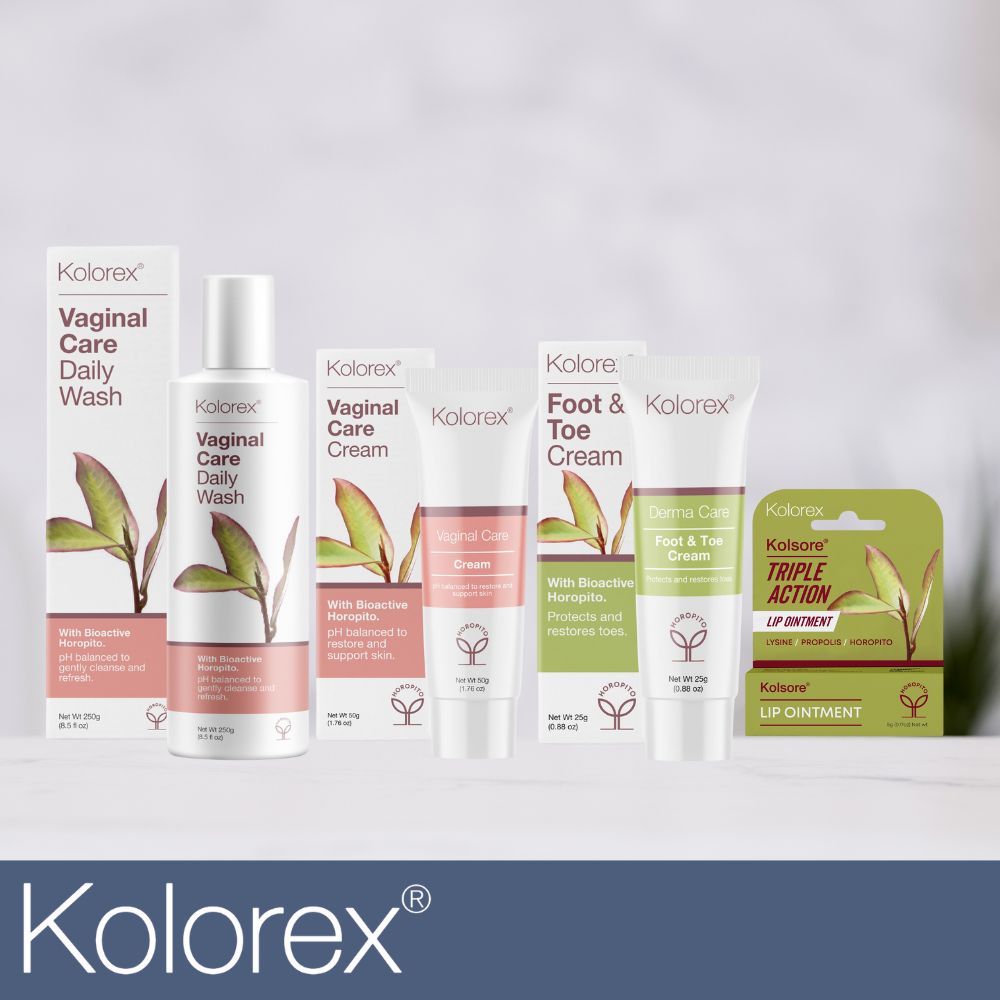Candida Overgrowth
Factors that make someone more likely to get a candida infection include infancy or old age, warm climate, non-breathable clothing (nappies, synthetic underwear), high estrogen, diabetes, broad-spectrum antibiotic treatment, and general debility (i.e. malnutrition or immunodeficiency).
Candida infections can occur in the mouth (oral thrush), genitals (vulvovaginal candidiasis), on babies from wearing nappies (nappy rash), in the nail plate (onychomycosis), and on the skin – for example in folds of skin that can be moist and warm like under the breasts, arm’s, folds of skin and between toes.
Vaginal thrush is a significant problem with 75% of women experiencing at least one bout of vaginal thrush in their lifetime. Worldwide, recurrent thrush affects about 138 million women annually.¹
Horopito offers a fast, effective and natural solution to fungal overgrowth. A webinar for practitioners about Horopito as a novel therapy for Candida overgrowth can be viewed using the link below.
A treatment for Vaginal Thrush
Two clinical studies have shown that Horopito extract taken orally is effective as a natural treatment for recurrent vulvovaginal candidiasis (RVVC).
In a 2011 study, 82 women with a history of RVVC were enrolled.² The women were randomly assigned to receive either a pharmaceutical (Itraconazole), or a Horopito extract. In a second clinical study,³ 122 women with a history of RVVC were enrolled and were randomly assigned to either an itraconazole treatment group or a Horopito treatment group.
In both clinical trials, the rate of “mycological cure” was comparable between the two groups, meaning Horopito was just as effective as Itraconazole. More information on these studies can be found using the link below.


Long-Term Antifungal
Clinical trails have provided a reliable in vivo model of Candidiasis in particular (Kumari et al 2011 Protective effect of an oral natural phytonutrient in recurrent vulvovaginal candidiasis - a 12-month study).
The study demonstrated that an anethole/polygodial
compound can indeed exert a significant protective effect against C. albicans gut colonization and dissemination.
After treatment had stopped, participants taking Horopito had fewer recurrent relapses than women taking intraconazole.
Horopito also reduces the development of ‘azole-resistant’ fungal species, which are much harder to kill with antifungal treatments.
The Most Potent horopito + Polygodial
The main active constituent of Horopito is the sesquiterpene dialdehyde, Polygodial.
In order to produce the highest yield of Polygodial, Forest Herbs Research conducted the first comprehensive study of all the major populations of Horopito across New Zealand.
The research demonstrated a five-fold variation in Polygodial levels, between the most active and the least active plant populations.
The most active Horopito populations evolved in an isolated forest that had fortunately survived clearing by early settlers. Seedlings from this area form the basis of the Forest Herbs plantation today.
Every harvest and its subsequent extraction, is independently tested for Polygodial at Cawthron Institute in Nelson.

References:
1. Denning DW, Kneale M, Sobel JD, Rautemaa-‐Richardson R. Global burden of recurrent vulvovaginal candidiasis: a systematic review. Lancet Infect Dis. 2018 Nov;18(11):e339-e347.
2. Kumari, A., Bishier, M. P., Naito, Y., Sharma, A., Solimene, U., Jain, S., Yadava, H., Minelli, E., Momella, C., & Marotta, F. (2011). Protective effect of an oral natural phytonutrient in recurrent vulvovaginal candidiasis: a 12-‐month study. Journal of Biological Regulators and Homeostatic Agents, 25 (4), 543–551.
3. Chopra V., Marotta F., Kumari A., Bishier M.P., He F., Zerbinati N., Agarwal C., Naito Y., Tomella C., Sharma A., Solimene U. (2013) Prophylactic strategies in recurrent vulvovaginal candidiasis: a 2-year study testing a phytonutrient vs itraconazole. Journal of Biological Regulators and Homeostatic Agents, 27(3):875-82.
4. McCallion RF et al. Antibiotic compounds from New Zealand plants, II:polygoidal, an anti-‐candida agent from Pseudowintera colorata. Planta Med 44:134 1982.
5. Lee SH et al. In vitro antifungal susceptibilities of Candida albicans and other fungal pathogens to polygoidal, a sesquiterpene dialdehyde. Plant Med. 65:204-8. 1999.
6. Calder VL, Cole AJL, Walker JRL. 1986. Antibiotic compounds from New Zealand plants III: A survey of some New Zealand plants for antibiotic substances. Trans Royal Soc NZ 16(2):169-181







